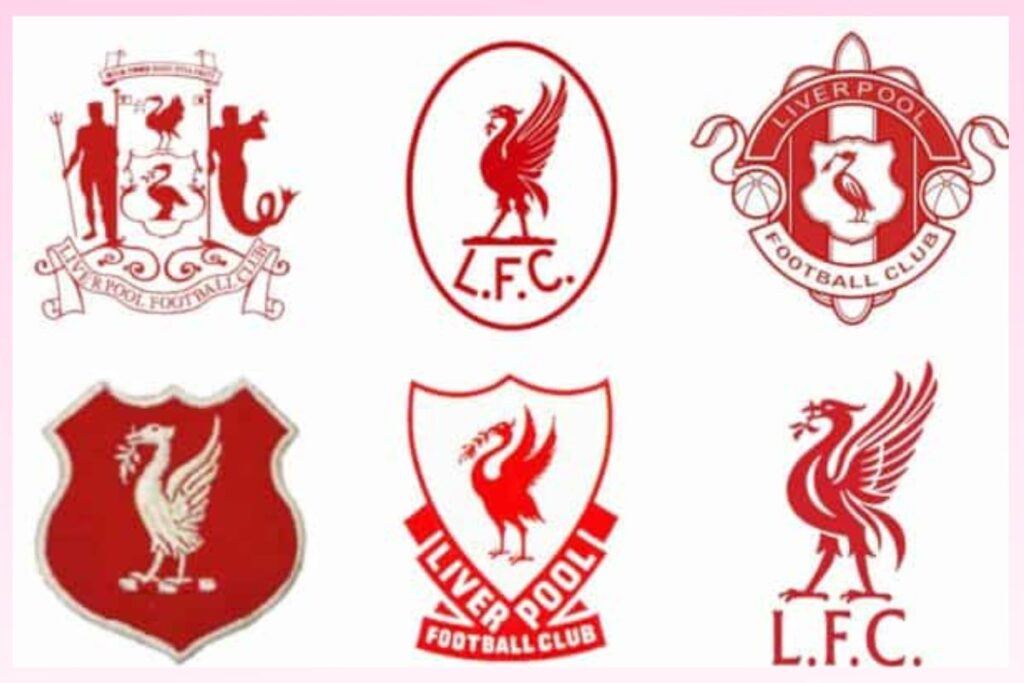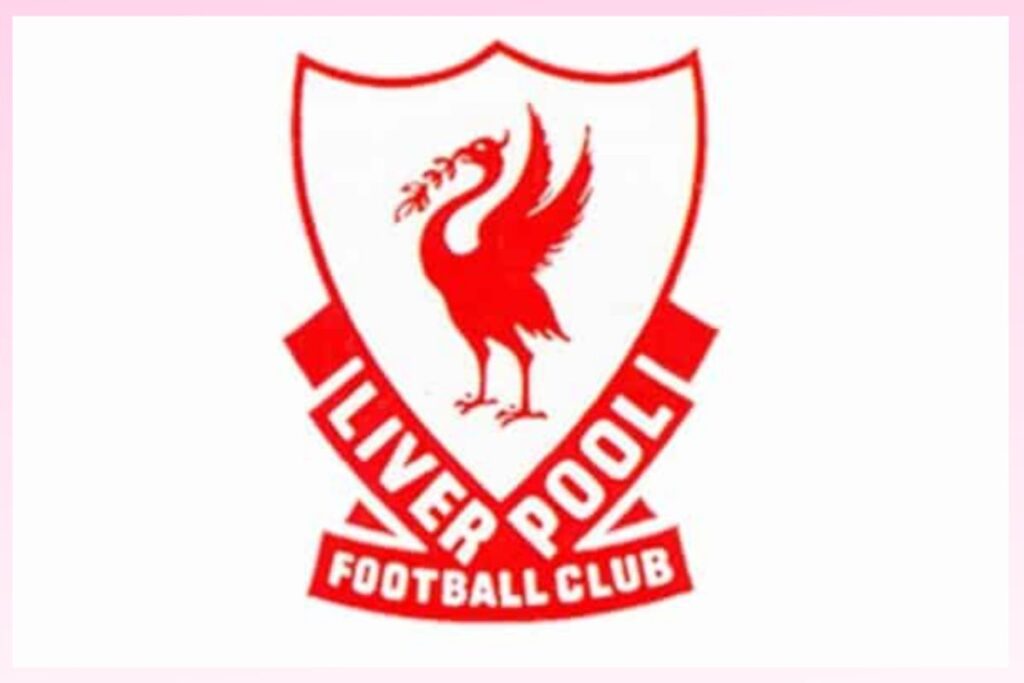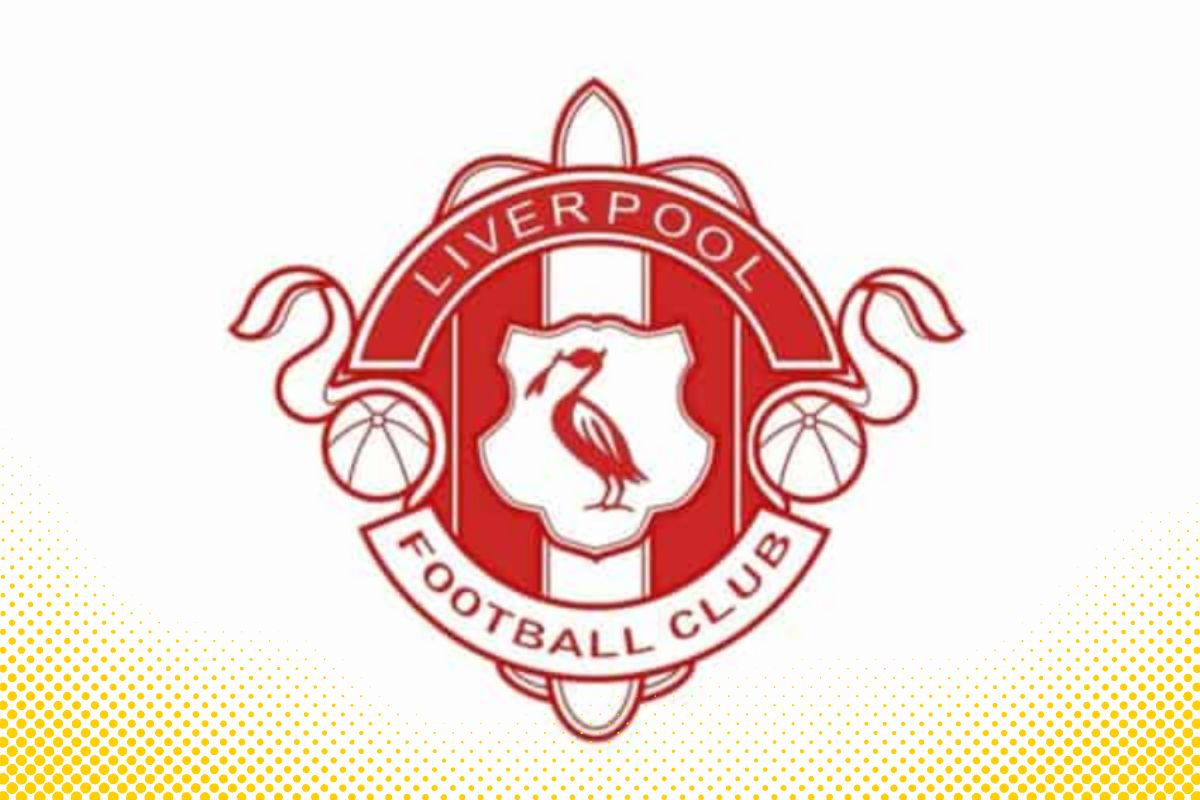Liverpool FC’s crest is globally recognized, yet it has undergone several transformations since the club was founded in 1892. Over the years, the design has evolved significantly, reflecting different eras of the club’s history. Today, the crest prominently features the iconic Liverbird, symbolizing the city of Liverpool, alongside elements that honor the club’s legacy and spirit. These include the Shankly Gates, inscribed with the club’s anthem, “You’ll Never Walk Alone,” and the eternal flames, a poignant tribute to those lost in the Hillsborough disaster. Together, these symbols embody Liverpool’s rich heritage and enduring connection with its fans.
The team uses two versions of Liverpool FC’s crest—one displayed on the team kit and the other on official merchandise. These designs are the latest in a long line of iterations that trace back to the club’s establishment in 1892. Over the years, the crest has evolved, reflecting the club’s identity and heritage. Each design offers a glimpse into the team’s storied history and its connection to the city of Liverpool. In this article, we explore the rich history of the Reds’ emblem, highlighting the changes that have shaped one of football’s most iconic symbols.
Liverpool FC’s Crest in 1892
The initial Liverpool FC’s crest drew directly from the city’s coat of arms, a rich design steeped in maritime heritage. At its heart was the Liverbird, a mythical creature symbolizing Liverpool, flanked by Neptune, the Roman god of the sea, and Triton, his Greek counterpart and herald of the oceans. This emblem celebrated the city’s deep connection to water and its maritime legacy. Beneath it lay the Latin motto, Deus Nobis Haec Otia Fecit, which translates to “God hath granted us this ease,” a reflection of the city’s pride and divine blessing.
Initially, the club hoped to retain this iconic emblem for its crest, underscoring its bond with Liverpool. However, their request was denied, prompting the team to design a new symbol. This decision marked the beginning of an evolving journey for Liverpool FC’s crest, which has since become a powerful icon in football, deeply intertwined with the city’s identity.
Liverpool FC’s Crest In 1940s Season
Liverpool FC once adopted an alternative crest that might seem strikingly familiar to fans of a certain team along East Lancs Road. This design was primarily used for merchandise, matchday programs, and official documents, rather than on the players’ kits. It became a notable secondary emblem during the late 1940s, reflecting a unique chapter in the club’s branding history.

The Liverpool FC’s Crest had a long run, appearing on various official materials for decades. Its final prominent use was on the cover of the 1981 European Cup final program, marking the end of an era for this particular design. While it eventually faded from regular use, this emblem remains a nostalgic reminder of Liverpool’s storied past and its evolution over the years. For many fans, it symbolizes the club’s adaptability and its ability to balance tradition with progress on its journey to becoming a global football icon.
Liverbird and Liverpool FC’s Crest
The first crest ever to feature on a matchday kit debuted during the 1950 FA Cup final against Arsenal, a game that ended in defeat. This early design was simple yet significant: a lone Liverbird enclosed within a shield. It marked the beginning of a tradition, as the Liverbird became the central figure of Liverpool FC’s crest, evolving gradually over the years.
In 1955, Liverpool FC’s crest saw its first update with the addition of “L.F.C.” beneath the Liverbird, symbolizing the club’s identity. This version was placed inside an oval shape and appeared on the home shirt for the first time. However, this oval design was discontinued in 1968, making way for a cleaner, simplified version featuring just the Liverbird alongside “L.F.C.”—a format that closely resembles the design we see on the club’s kits today.
From the mid-1970s to the mid-1980s, this badge took on a unique variation with yellow stitching, adding a touch of vibrancy to its appearance. Over time, Liverpool FC’s crest consistent focus on the Liverbird has reinforced its status as an enduring symbol of Liverpool FC, linking the team’s illustrious past with its bright present and future on the global stage.
Introduction of a Shield in 1987
In the 1987/88 season, Liverpool FC’s crest adopted a shield-like shape, a design element that still endures. While this style had appeared in earlier forms, it made its official debut on the team’s kit during this period, with the Liverbird taking on various artistic renditions.

This emblem became closely associated with iconic sponsors like Crown Paints and Candy, as well as the legendary Adidas kits of the era. Representing a golden period in the club’s history, this crest remained in use until 1992, leaving a lasting impression on Liverpool FC’s rich visual and cultural identity.
Special Crest and External Flames
To mark Liverpool FC’s 100th anniversary in 1992, a commemorative crest was introduced, symbolizing a significant milestone in the club’s history. This design was prominently used during the 1992/93 season and brought a defining element into the club’s identity—the inclusion of the Shankly Gates alongside the iconic phrase, You’ll Never Walk Alone. This marked the first appearance of the anthem within the crest, a feature that has since become a timeless part of Liverpool’s branding.
The following year, the centenary crest was adapted into a permanent design, incorporating the eternal flames as a heartfelt tribute to the 97 victims of the Hillsborough disaster. This thoughtful addition solidified the crest as not only a symbol of footballing excellence but also one of remembrance and unity.
While the initial design primarily used red, white, and green, yellow was added to the palette in 1993, bringing a vibrant touch to the crest. This version remained in use until 1999 when the design underwent modernization to align with contemporary aesthetics.
On matchday kits, the crest appeared in various forms, including being framed within a larger shield or bordered by an oval. These adaptations demonstrated the club’s effort to blend tradition with modern design while preserving the essence of its legacy. This era of the Liverpool crest reflects both the club’s proud heritage and its commitment to honoring significant moments and values in its storied history.
The Modern Day Appearance
The Liverpool FC’s crest seen at Anfield, on merchandise, and previously on kits was introduced in 1999, representing years of gradual evolution. First appearing on kits in its red, white, and green color scheme during the 2002/03 season, it stayed until 2011/12, coinciding with Standard Chartered replacing Carlsberg as the shirt sponsor.
Since the 2012/13 season, the club has used a simpler design on kits, paying homage to Liverpool’s formative years. This minimalist crest, featuring the iconic Liverbird, was originally introduced in 1968. Its clean and effective look has evolved over time, retaining its essence while adapting to modern aesthetics.
Designed partly for trademark purposes, this version has become a defining symbol of the club and looks set to remain the official crest used on kits for the foreseeable future. It seamlessly bridges Liverpool’s rich history and contemporary identity, embodying the enduring legacy of the Liverbird.
Conclusion
Liverpool FC’s logo has undergone a remarkable transformation over the decades, evolving from the city’s coat of arms to the iconic Liverbird crest recognized worldwide today. Each iteration reflects a chapter of the club’s history, from honoring the city’s maritime heritage to incorporating heartfelt tributes like the eternal flames for the Hillsborough victims. The crest not only symbolizes Liverpool’s identity but also represents its resilience, unity, and global influence. Through modern updates and thoughtful design elements, the logo continues to honor tradition while embracing progress, serving as a timeless emblem of pride for both the club and its supporters.
Read all Other Posts on Liverpool FC’s Crest
Find the Latest News on Player Ratings | Transfers | Prematch | Postmatch
Stay tuned for more updates on Liverpool FC Times and Stories. Your thoughts are always welcome in the comments section. Thank you for your continued support!
YNWA (You’ll Never Walk Alone)!
The Liverpool FC Times Team
LiverpoolFCTimes.com
